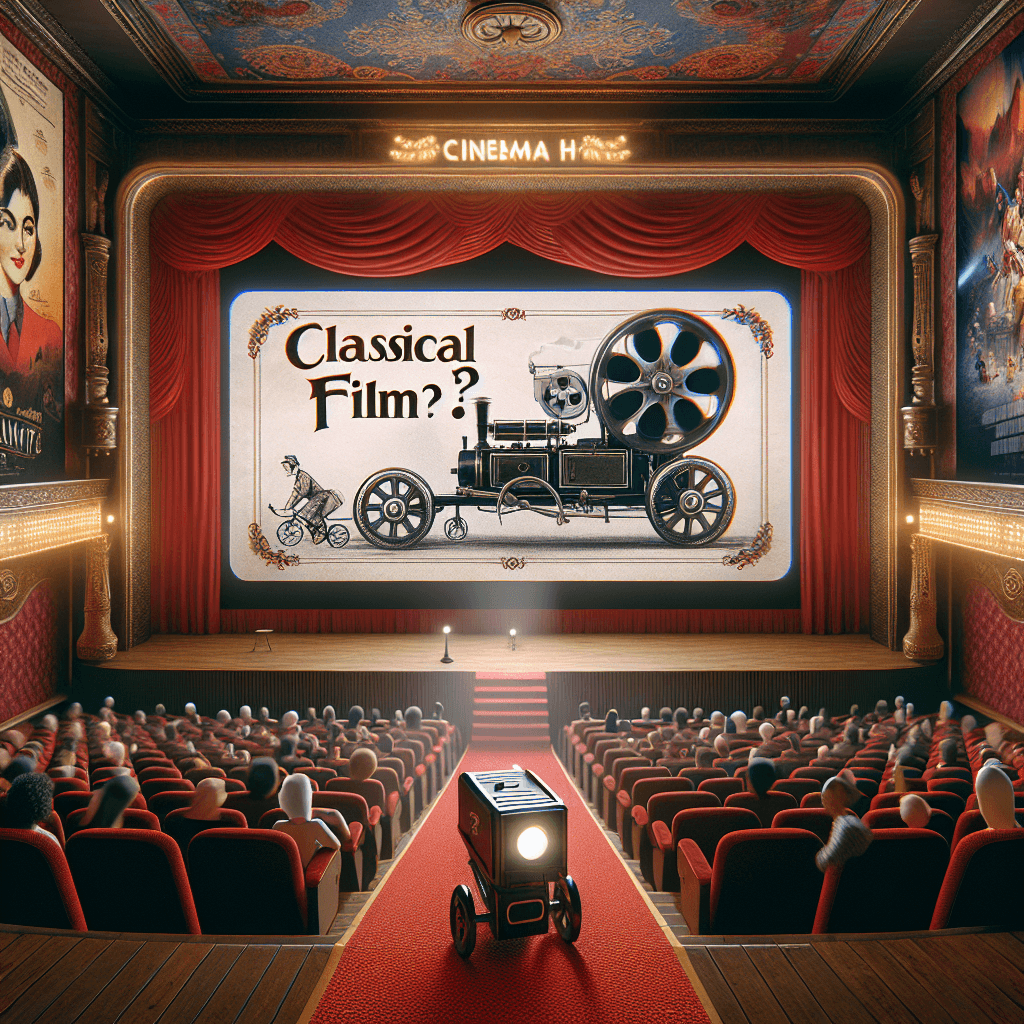Why are movie previews called trailers if they are shown before the film
It’s one of cinema's strangest paradoxes—the previews that come first are called "trailers." Discover the surprising, century-old reason why this Hollywood tradition got its name completely backward.


Too Long; Didn't Read
TLDR: They are called trailers because they used to be shown after the main film, literally trailing it. Theaters moved them to the beginning so people would not leave before seeing them, but the name stuck.
Unreeling a Cinematic Mystery: Why Are Movie Previews Called 'Trailers' If They're Shown Before the Film?
You settle into your comfy theater seat, the lights dim, and the familiar parade of upcoming attractions begins. You watch epic battles, hilarious gags, and dramatic moments, all designed to entice you back for another movie. But have you ever paused to think about the word we use for these previews? We call them "trailers," a term that implies they should follow, not precede, the main event. It's a linguistic paradox that most moviegoers accept without a second thought.
The answer isn't a mistake or a modern mix-up; it’s a fascinating relic from the earliest days of cinema. This post will unravel this historical curiosity, explaining how trailers got their name and why they now appear at the beginning of your movie-going experience.
A Trip Back in Time: When Trailers Actually Tailed the Film
To understand the name, we have to travel back to the early 20th century. In the silent film era, motion pictures were a novel form of entertainment. In 1913, a theater manager and advertising agent named Nils Granlund created a short promotional film for the Broadway show The Pleasure Seekers. Seeing its success, movie studios quickly adopted the practice. The first trailer for a feature film is widely believed to have been for the 1913 serial The Adventures of Kathlyn.
Crucially, these early promotional clips were spliced onto the very end of the film reel. They were shown after the feature film had concluded and the credits (which were much shorter then) had rolled. They literally "trailed" the main presentation, much like a post-credits scene today. The logic was to catch the audience while they were still in the theater and get them excited for the next week's showing.
The Problem with Playing Last
While the idea was sound, the execution had a major flaw. For audiences in the 1910s and 1920s, the words "The End" on the screen meant exactly that. Once the main story was over, people would get up, stretch their legs, and head for the exits. They had no reason to stick around for what was essentially an advertisement.
This created a significant problem for theater owners and studios. Their expensive and carefully crafted marketing tool was being completely ignored by a large portion of the audience. The trailers were failing to serve their primary purpose: to sell tickets for future films. A new strategy was needed to ensure these previews were seen by a captive audience.
The Great Migration: Why the Name Stuck
The solution was simple but revolutionary. Exhibitors realized the most logical time to show advertisements was when the audience was already seated and eagerly awaiting the main feature. Sometime during the 1930s, studios and theaters began moving the promotional clips from the end of the film reel to the beginning. It was a guaranteed way to capture viewers' attention.
Despite this complete reversal in placement, the name "trailer" was already deeply embedded in the industry's lexicon and the public's vocabulary. It had been used for nearly two decades, and it simply stuck. The term had become synonymous with "movie preview," and its literal meaning became secondary to its common usage. It is a perfect example of a linguistic artifact—a word or phrase that persists long after its original context has changed.
So, the next time you're watching the previews before a film, you can appreciate the history behind the name. It’s a term born from a practical decision in the early days of Hollywood that has outlived its literal definition. The "trailer" no longer trails the movie, but it continues to lead the charge in building excitement and anticipation for the magic of cinema. It’s a small but fascinating piece of trivia that connects us to the very origins of the movie-going experience we love today.


